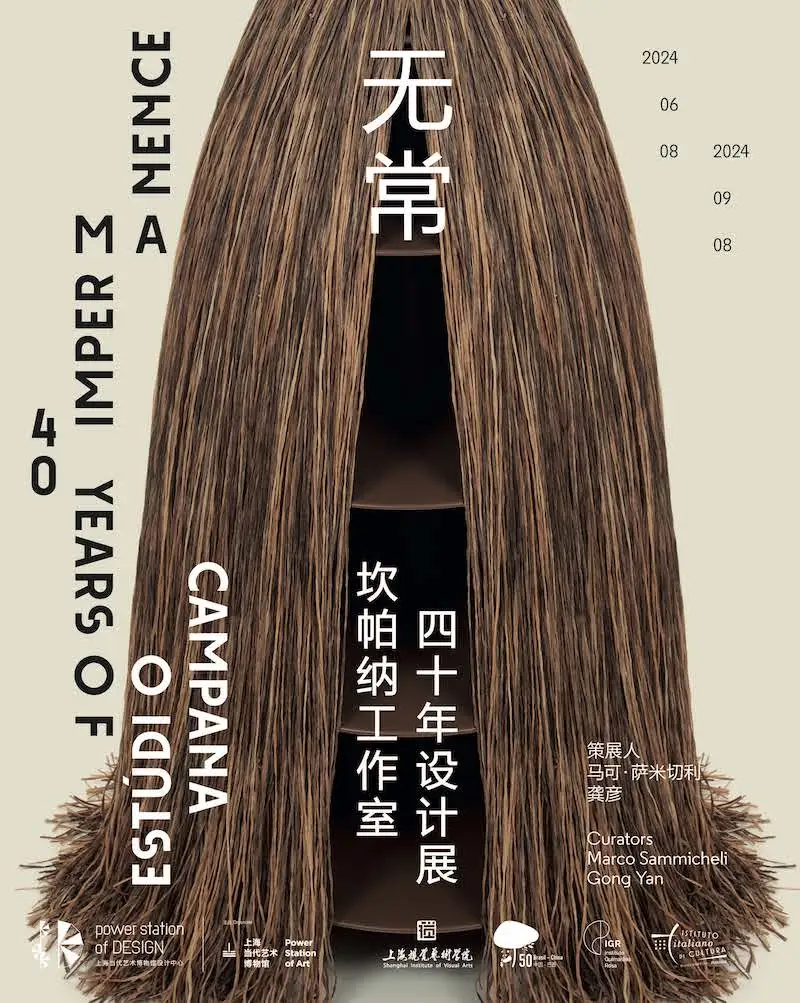Estudio Campana and the power station of DESIGN (psD) at the Power Station of Art (PSA) present “Impermanence” – 40 Years of Estudio Campana from June 8 to September 8, 2024, in Shanghai, China. Established in 1984 by Brazilian design duo Humberto Campana (b.1953) and Fernando Campana (1961-2022), “Impermanence” marks the Sao Paulo-based studio’s first major exhibition in Asia.
Co-curated by Marco Sammicheli, Curator for Design, Fashion, Crafts and Director Museo del Design Italiano at the Triennale Milano, and Gong Yan, Director of PSA; Scenography design by the studio co-founder Humberto Campana; Graphic design by Maru Widen, the exhibition will focus on the cultural production of the studio through the proposal of objects, projects, drawings, and works that best summarize the history, trajectories, and
insights of the practice.
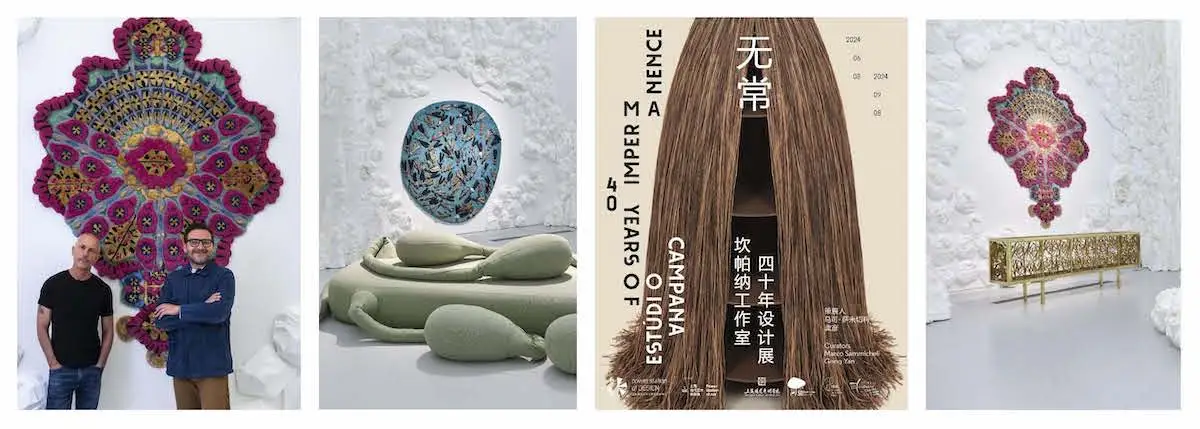
The exhibition will bring over fifty pioneering pieces that represent and trace the history of thoughts and actions that have prefigured well in advance artistic events, design solutions, and urgent reflections on the coexistence of human beings and nature.
With the tall order of introducing four decades of studio production to the Chinese audience, a Cabinet of Curiosities will welcome visitors into the Campana universe of references from childhood to the beginning of the brother’s careers, including never-before displayed personal objects, original drawings, and prototypes.
For the main exhibition hall, the curatorship has created three thematic stances: a manual act, which involves artisanal knowledge, manufacturing, and material investigation; an expressive act which develops an intimate thought and makes it collective by transforming genres, types, and techniques dignifying hybrid and organic matter; and a political act which builds communities, transmits knowledge, and regenerates a territory.
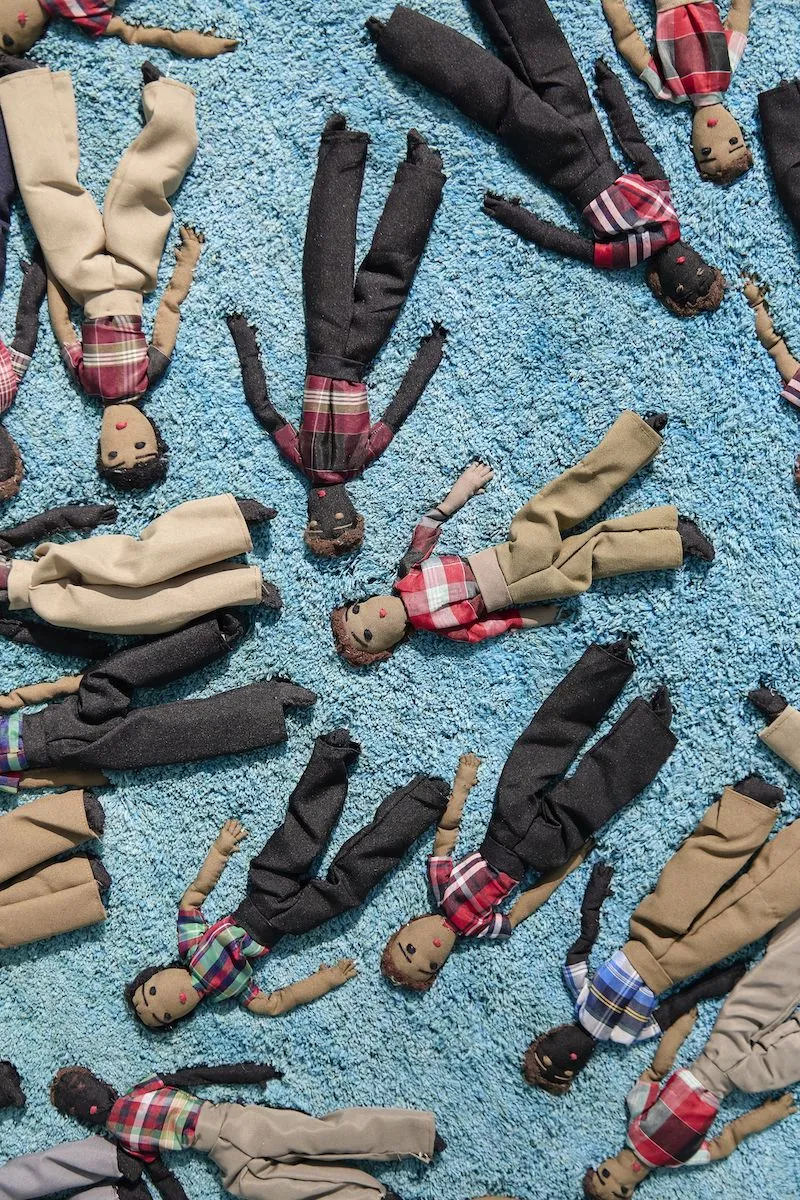
To nest the curators’ vision, Humberto Campana has designed an alluring structure of artificial stalactites and stalagmites, a reference to Plato’s “Allegory of the Cave”, where visitors can roam freely and discover the works, as they materialize from behind the organic-shaped columns, like a game of hide-and-seek.
“I wanted to combine the curators’ work with a child-like experience, which for me is the most accurate way of explaining how my brother and I trailblazer through life: by taking steps into dark, unknown territories, and shedding light into our explorations and findings. Plato’s classic allegory is something we can all relate to, at any age or background. I like to think we are all born curious, and this scenography is an invitation to embrace estrangement, step away from your comfort zone, and be rewarded by the courage to let imagination run free in an adventurous search for joy” says Humberto Campana
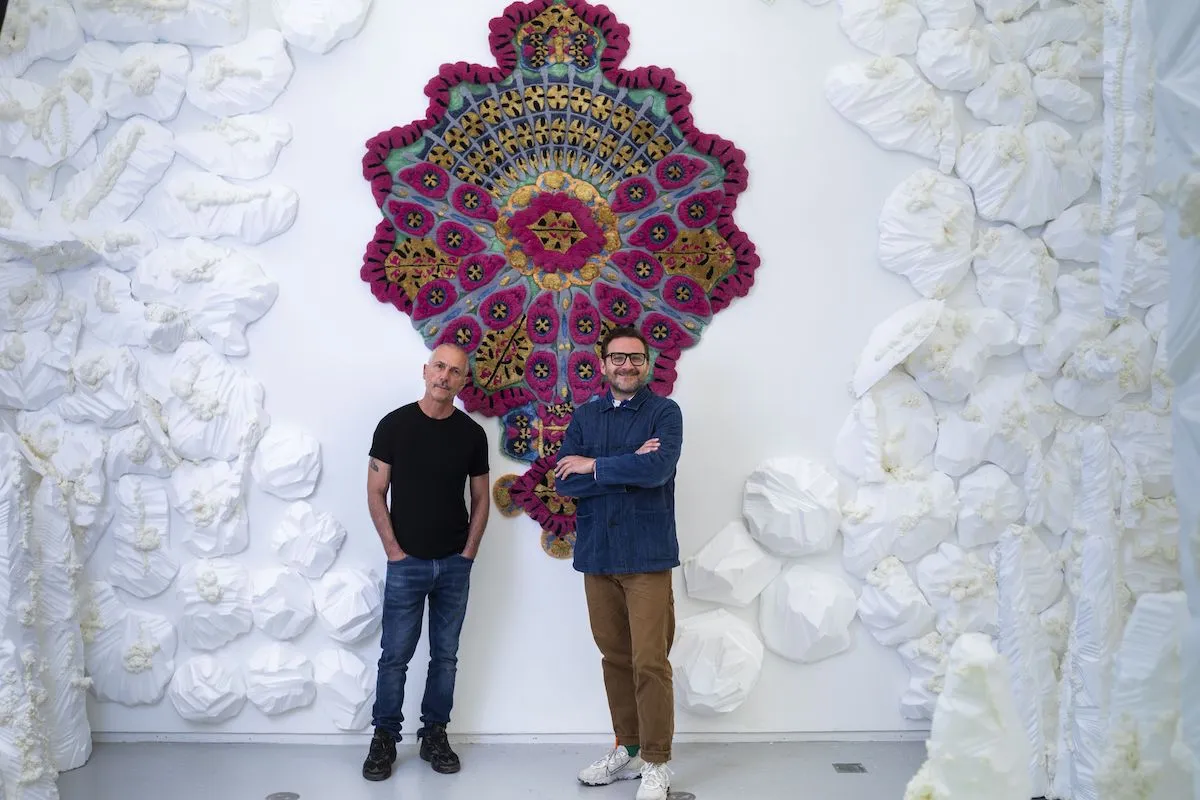
“The work of the Campana brothers has transformed contemporary design. They were the first to intuit the richness of hybridizing creativity by giving dignity to scraps, waste and less noble materials so that the objects could portrait and attest desires: the ethics of recycling, the dignity of artisan work, the forgotten aesthetics of rural and indigenous Brazil, the madness of colors and shapes in the domestic landscape, the hybridization between production systems and ecological awareness. In a forty-year career, Estudio Campana has demonstrated the possibility of connecting decoration and political message, function and fiction, culture and nature”
Marco Sammicheli
“The creations of the Campana brothers originate from their optimistic embrace and imagination of life. Their unique employment of materials and craftsmanship gives their design a quality of physical tactility that transcends mere functionality, embodying both an extension and a celebration of life itself. This exhibition also hopes to initiate a series of discussions on design, materials, traditions, and social concern.”
Gong Yan
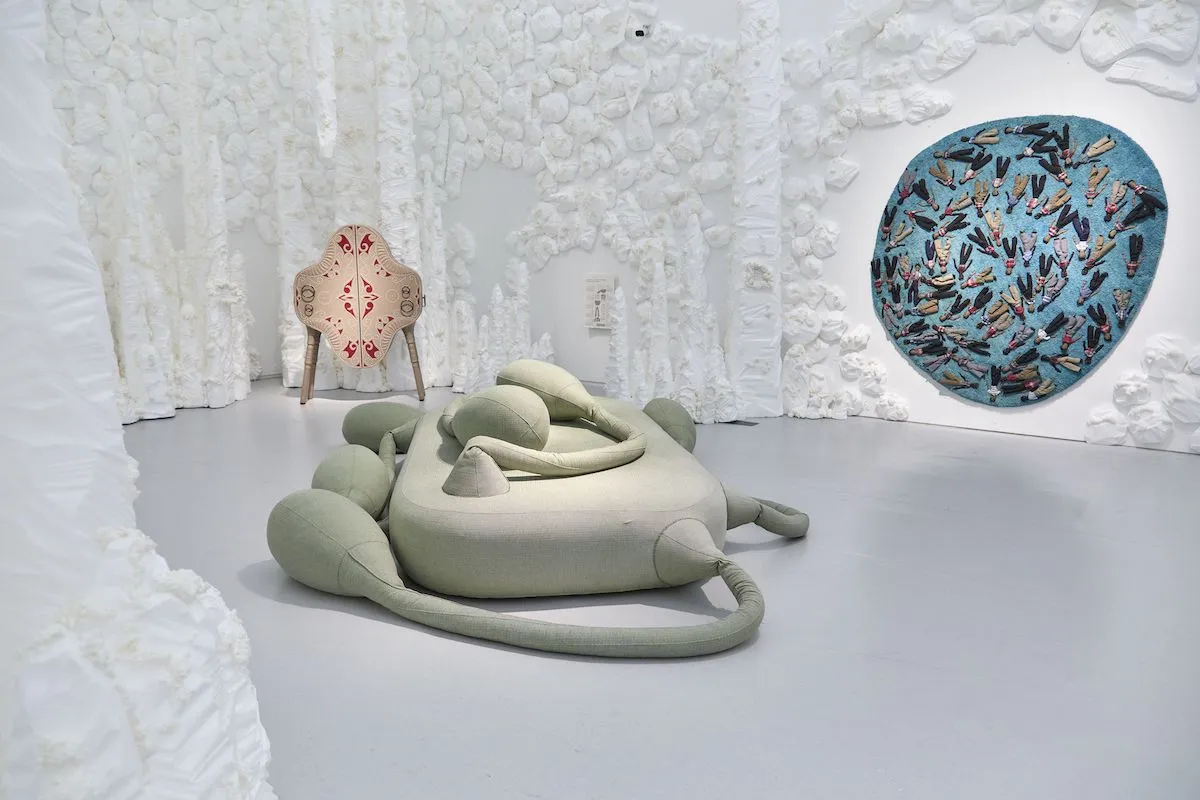
Two screening rooms will complete the experience with a collection of artists’ videos, including “We The Others”, a brand-new production by Francesca Molteni and Maria Cristina Didero presented this past April at Triennale Milano during Design Week. Archival footage will also be shown, including contemporary ballet productions and TV specials, such us the story of “Vermelha”, the ground-breaking chair created in 1993 that became Humberto’s and Fernando’s most recognized and best-selling piece.
In parallel, Estudio Campana was commissioned to produce two new works: an installation for the museumís atrium, entitled “Astro”, a 12-meter-high hanging tulle sculpture inspired by the images generated by the Hubble Space Telescope; and another installation to inaugurate PSA’s unique “Sky Garden” in collaboration with Chinese garden designer Yuan Zheng.
“Pyro” is an oversized cluster of bamboo and steel structures resembling star outbursts
that will dot the area that oversees the skyline of Shanghai, fully integrated with the graceful landscape design. The 2000m2 rooftop will be launched along with the opening of “Impermanence”.
“I am honored to have the opportunity to design this installation for the city of Shanghai. I wanted to offer a space for celebration and joy with sculptures resembling fireworks, with the beautiful skyline as the backdrop. It is a nod to nature and architecture as being integral to our future on this planet.”
Humberto Campana

“In urban landscape defined by skylines, nature often finds itself relegated to a peripheral role, or even entirely obscured. While the innocence of herbaceous blossom may risk being mere accessories, the landscape is built in an endeavor to evoke a sense of awe and collective memory by creating images of primal scenesómountain peaks, tundra, islands, and glacier erosion. Similarly, artists’ creations achieve a certain sense of ëarrivalí through the integration of natural raw materials with abstract unknown ones, as well as an atmosphere of emotional conflicts.”
Yuan Zhen
“A garden in a museum, which exhibits the traces of the coexistence of humans and nature, is a bioregion, an island where diverse species learn from each other through shared consensus. Each year, we will invite different artists, designers, and architects to cultivate this island, which has been carved out over the years by human and natural forces. Amidst the exchange of water and soil, and the rhythm of the changing seasons, the power of life is revealed.
In their hometown of Brotas, the Campana brothers have built for the public a large park with 12 pavilions that goes beyond the traditional notion of a park to become a future-oriented educational centre for discussions on nature’s return to itself and humans’ regain of spirituality. This garden in Shanghai, or the 13th pavilion, echoes the spirit of those in Brotas. Bamboo, a plant native to both Brazil and China, forms graceful structures and spreading lines that are intertwined like ceremonial blossoms atop volcanic rocks.”
Gong Yan
